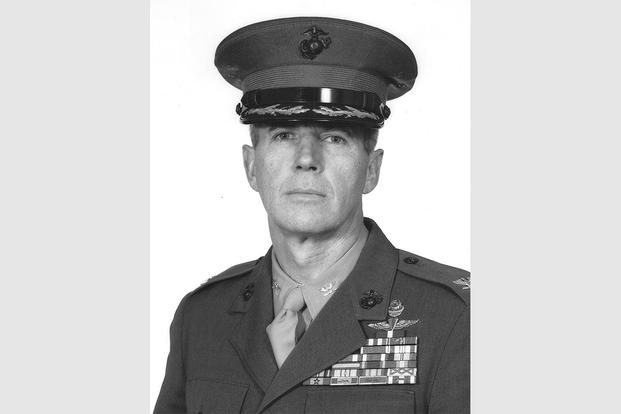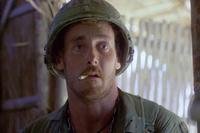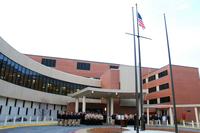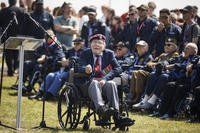It was Easter Sunday, April 2, 1972. At 12:45, John W. Ripley received confirmation from Army Maj. James Smock, advisor to the 20th Army of the Republic of Vietnam (ARVN) Tank Battalion, that the two officers had authorization to blow up the bridge to Dong Ha City. Ripley, then a Marine Corps captain, replied that he had "always wanted to blow up a bridge."
One of only a handful of U.S. advisors to the South Vietnamese Marine Corps (VNMC) left in country, Ripley's war was not yet over — nor was it for the ARVN troops trying to hold Quang Tri City.
The 3rd VNMC had been ordered to hold the city of Dong Ha and its strategic bridge "at all costs" against the advancing Viet Cong tanks. A column of Viet Cong PT-76 and T-54 tanks approached, and no other units were available. In Charles D. Nelson's November 1997 article about Ripley in Fortitudine, Ripley recalls "an absolute firestorm" of enemy artillery. The only hope of averting it came when battle-toughened VNMC Sgt. Huynh Van Luom moved forward with two M72 light antitank assault weapons and forced the tanks to retreat — momentarily.
It was at this point that Ripley and Smock rode to the bridge atop an ARVN tank. Running across an open space swept by gunfire, the two men saw that ARVN engineers had loaded the bridge with explosives. However, Ripley realized that the explosives were placed so that the bridge would flap in place, but not drop.
He knew that the explosives would have to be placed under the bridge along its girders if the operation was to succeed. To do this, Ripley first had to clear a fence of concertina wire. He then began an agonizing series of hand-over-hand maneuvers to place the charged bundles under the bridge. In order to stagger the alignment of the demolitions, Ripley had to crawl back and forth between the widely separated beams. As each channel was mined, he had to drop down from one beam and swing over the other. Although Smock became impatient with his meticulous placement, Ripley knew there would be no second chance.
But he didn't need one. When the bridge finally blew and dropped, there was no doubt that the communists had suffered a significant setback in their assault — all because a brave Marine demolitions expert did his job right the first time.













